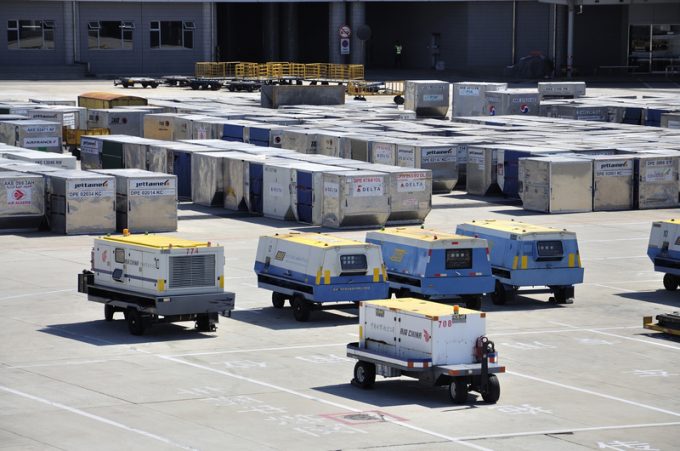Pre-tariff rush of goods from US to China sees air rates soar, but not for long
Beijing’s decision to impose higher tariffs on US goods has led to a rush of ...

Air cargo will be a critical area of resiliency for airlines and airports for the foreseeable future ? if managements make it a strategic priority
The passenger airline industry news these days is unremittingly bleak:
Commercial flights decreased 74% globally in April 2020 compared with April 2019.[1] Passenger traffic has declined even faster: by the end of April 2020, the number of US air passengers had fallen 94% compared with the previous year.[2] Passenger aircraft are flying nearly empty. US carrier load factor, normally ...Maersk u-turn as port congestion increases across Northern Europe
Apple logistics chief Gal Dayan quits to join forwarding group
Transpac rates hold firm as capacity is diverted to Asia-Europe lanes
Widespread blanked sailings stave off major collapse of transpacific rates
Maersk Air Cargo sees volumes fall as it aims for 'margin in favour of revenue'
Houthis tell Trump they will end attacks on Red Sea shipping
Airlines slash freighter capacity post-de minimis, but 'the worst is yet to come'
MSC revamps east-west network as alliance strategies on blanking vary


Comment on this article
michael sales
May 26, 2020 at 3:58 pmThis is an excellent review of our undervalued industry where a radical change of attitude is necessary. In the box which I have written for university students, I have tried to convey the value of air cargo as a career path that even today very few universities feature specific faculties for this. I believe that it requires a complete change of attitude within the industry to encourage high quality entrance and not people who are always looking to move into the passenger department.
Mark Diamond
May 26, 2020 at 5:16 pmThanks for your comment, Michael, I couldn’t agree more.
Mery Kery
May 27, 2020 at 5:29 amTrue. Due to COVID-19, the commercial flights are not working the way it was used during pre-covid and now these commercial flights are used for transporting cargos.
The information shared here is quite useful. Thanks for sharing.
Mark Diamond
June 02, 2020 at 3:42 pmThanks for your comment, Mery!
Ingo Roessler
May 31, 2020 at 7:13 amTotally agree. Most importantly they need to invest in human capital as air cargo is a true business-to-business activity. Cargo shouldn’t be the „dumping ground“ for failed passenger executives any longer and certainly need savvy investment into IT infrastructure.